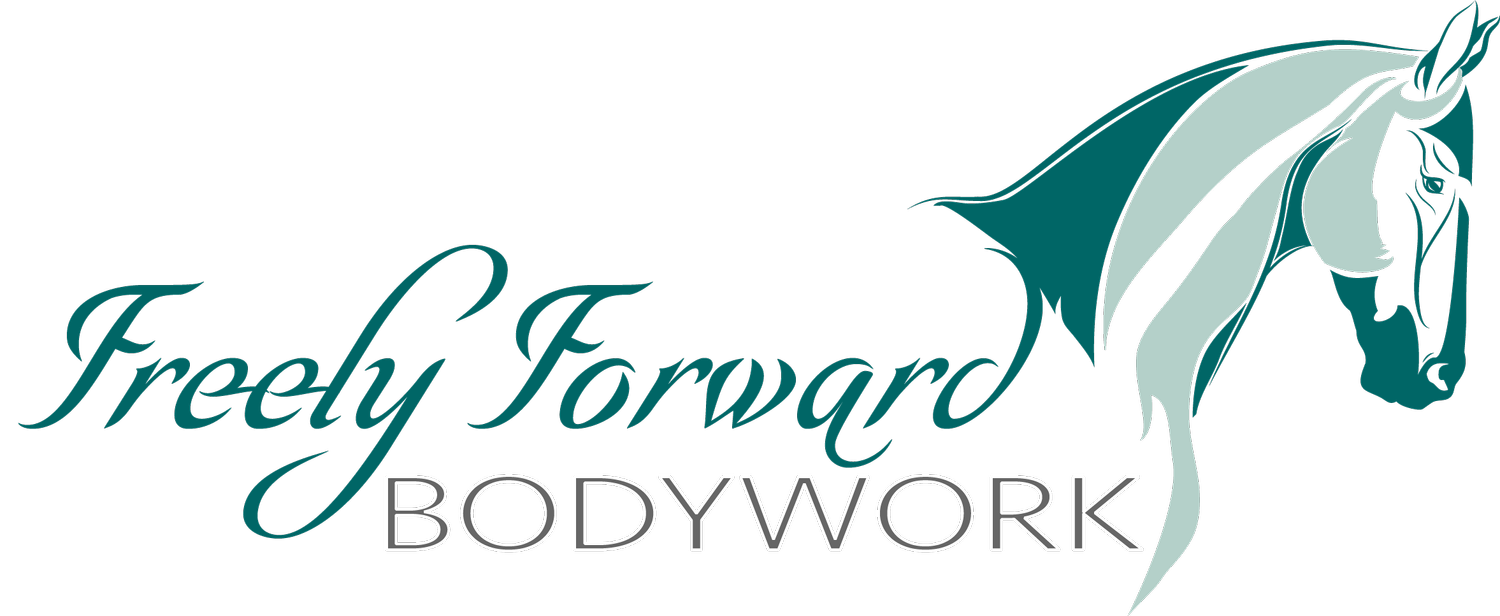The Freely Forward Formula
I often get the question, “what makes your program different? Why should I pick yours over someone else's?”
I can’t comment on what other people’s programs are like, and I’m sure there are many wonderful programs out there- but I can tell you what mine has that theirs definitely does not- The Freely Forward Formula.
What most massage therapists, both human and equine, are taught in school is a traditional full body swedish massage routine. This includes light pressure with repetitive motions done with the goal of working on every part of the body, and fully relaxing the client.
But: It doesn’t work. Here’s why. In conventional massage, the therapist works a little bit on each area, but does not take the time at the beginning of the massage to identify what is actually bothering the client. For example, if your horse has a shoulder issue, and is coming for a massage, a traditional massage address it, but only for a fraction of the time as the therapist would be working on the whole body. While it is valuable to massage the whole horse as problems often manifest in multiple areas outside of the primary issue, it’s even more important to learn to identify the base cause of the horse’s pain. Otherwise, you’re essentially throwing darts at the board when you’re massaging.
When you can learn to identify what muscles and areas are really bothering them, and help them with effective techniques, that’s when real transformation happens.
The Freely Forward Formula, which I developed after being a professional groom and equine massage therapist, Focuses on identifying the root cause(s) of the issue/pain your horse is facing, addressing it through massage techniques that actually work, and managing these problems so they don’t come back.
Instead of running in circles, using ineffective techniques all over, you can learn to spend targeted time on what is actually bothering your horse.
Are you ready to Help your horse, save time, and build a better relationship with them in the process? Check out my online course Equine Massage 101! Click here to learn more.
